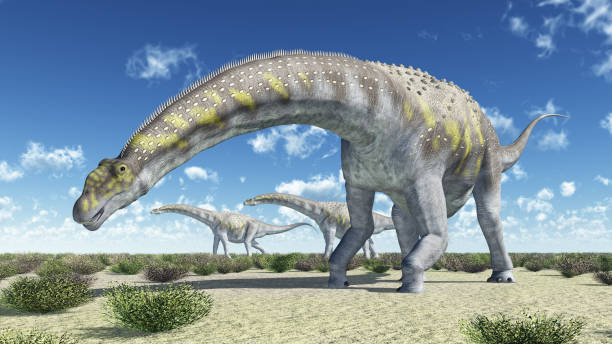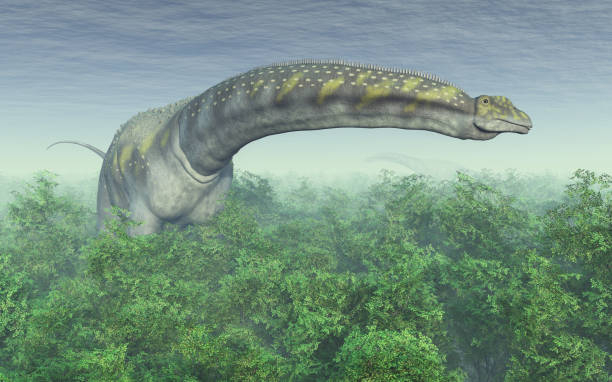What is the largest dinosaur?
The race to be the world's biggest dinosaur is tricky. Paleontologists seldom find whole skeletons. They're more likely to find bone fragments and then try to estimate a height and weight profile. Furthermore, there are three categories for the largest dinosaur ever discovered: the heaviest, the longest, and the tallest. Starting with the heaviest, the gold medalist is most likely Argentinosaurus. This supermassive titanosaur (a titanosaur is a large sauropod, a long-necked and long-tailed herbivorous dinosaur) existed in what is now Argentina between 100 million and 93 million years ago, during the Cretaceous period.
Argentinosaurus is a genus of gigantic sauropod dinosaurs that lived in what is now Argentina during the Late Cretaceous era. Argentinosaurus is one of the biggest known terrestrial beasts of all time, maybe the largest, reaching 30-35 metres (98-115 ft) in length and 60-75 tonnes (66-83 short tons) in body mass, despite only being known from fragmented bones. It belonged to the Titanosauria, the main group of sauropods throughout the Cretaceous period.
A farmer unearthed the first Argentinosaurus bone on his land near Plaza Huincul in 1987. In 1989, an excavation headed by Argentine palaeontologist José Bonaparte yielded seven back vertebrae and fragments of a sacrum—fused vertebrae between the back and tail vertebrae. A whole femur (thigh bone) and the shaft of another are also on display. Bonaparte and Argentine palaeontologist Rodolfo Coria described Argentinosaurus in 1993; the genus has just one species, A. huinculensis. The generic name Argentinosaurus means "Argentine lizard", while the specific name huinculensis alludes to the location where it was discovered, Plaza Huincul.














